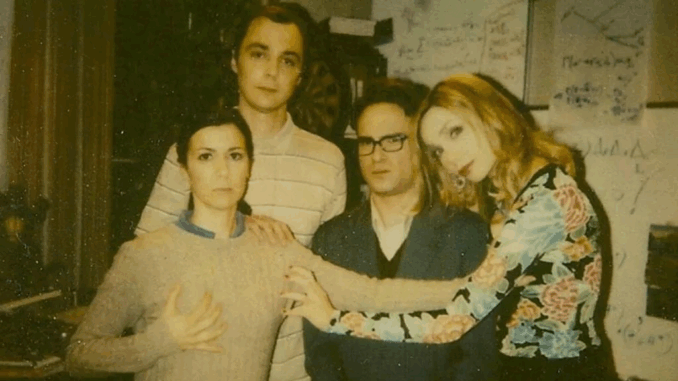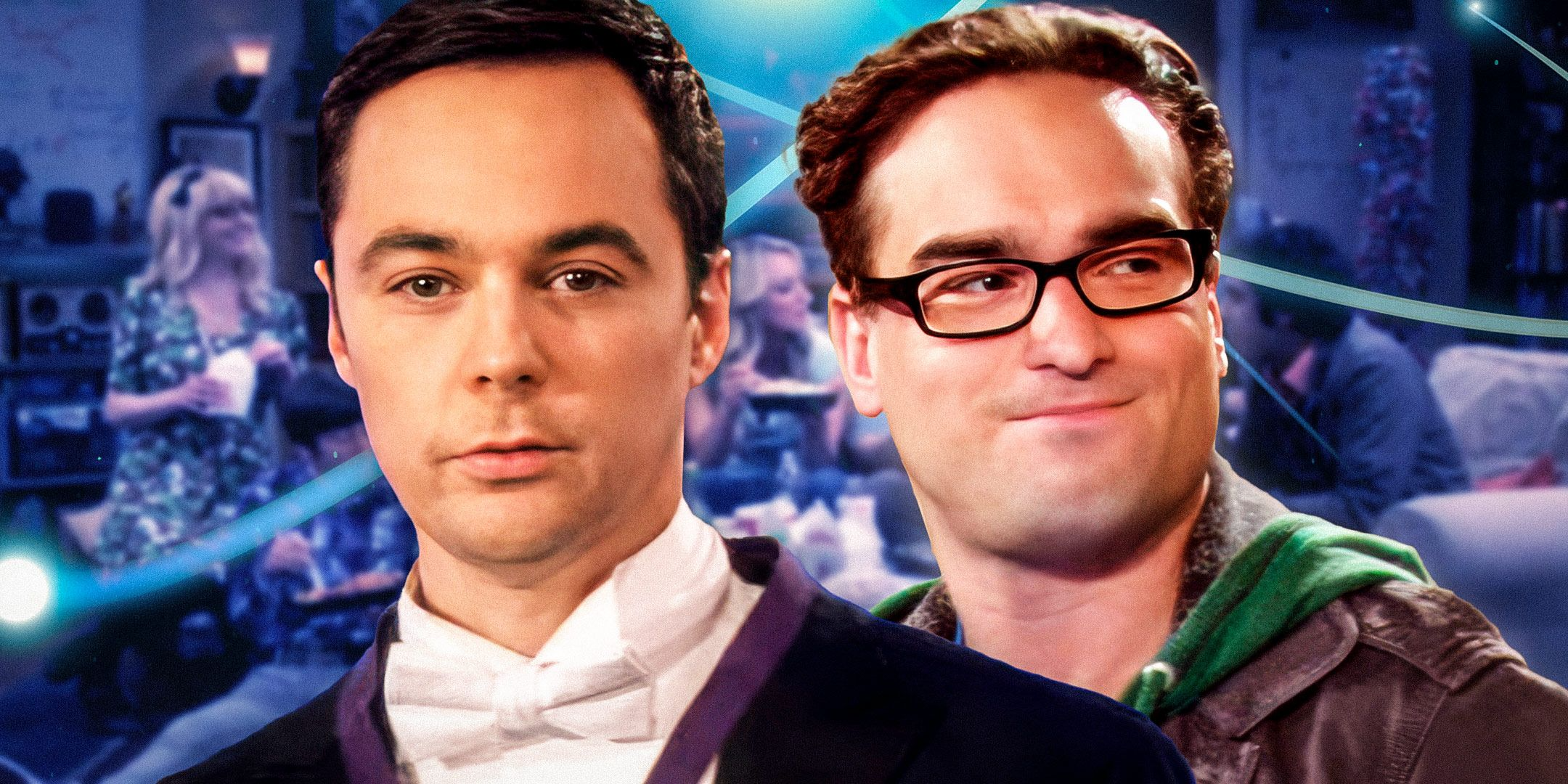
A Sitcom That Evolved With Its Characters
When The Big Bang Theory first aired in 2007, it was undeniably a male-centric sitcom. The original group — Leonard, Sheldon, Howard, and Raj — lived in a world filled with science, comic books, and awkward social interactions. Penny, played by Kaley Cuoco, was the only female character in the core cast, and she often existed as a foil to the four nerds. But as the seasons progressed and new characters were introduced, the women of The Big Bang Theory became essential to its emotional depth, comedic range, and enduring popularity.
Amy and Bernadette: Game-Changers in Season 3
Season 3 marked a turning point for the show. Amy Farrah Fowler (Mayim Bialik) and Bernadette Rostenkowski (Melissa Rauch) joined the ensemble, initially as love interests for Sheldon and Howard. But their presence quickly grew far beyond romantic subplots.
Amy, a neurobiologist with quirks as unique as Sheldon’s, introduced a new layer of complexity to the group. She pushed Sheldon toward personal growth, while also navigating her own journey toward friendship, confidence, and emotional openness. Bernadette, a microbiologist with a high-pitched voice and a take-no-prisoners attitude, challenged gender stereotypes in science and domestic life. Both characters proved women in STEM could be just as funny, awkward, and compelling as their male counterparts.
Penny’s Quiet Transformation
Kaley Cuoco’s Penny started as the stereotypical “hot girl next door,” but her evolution is one of the show’s most satisfying. She became the emotional glue of the group — the one who could navigate Sheldon’s eccentricities, Howard’s crudeness, and Leonard’s insecurities. Her relationships, especially with Amy and Bernadette, brought new dimensions to her character.
Penny never pursued a traditional academic path, but her social intelligence and real-world experience made her indispensable. Later, she carved out a successful career in pharmaceuticals, proving success comes in many forms.
The Power of Female Friendship

One of the most beloved parts of The Big Bang Theory’s later seasons was the friendship between Penny, Amy, and Bernadette. From “girls’ nights” and spa days to supporting each other through marriage and career changes, their bond felt authentic and refreshing.
The show shifted from being just about geeky guys and their awkwardness to portraying genuine female friendships — messy, hilarious, and warm. Their scenes gave the show new life, often carrying the emotional weight of entire episodes.
Balancing Science and Femininity
Amy and Bernadette were brilliant scientists, but they weren’t one-dimensional. The show allowed them to be romantic, fashionable, insecure, assertive, competitive, and vulnerable. It didn’t force them into “strong female character” clichés; instead, it gave them room to grow in multiple directions.
Their scientific knowledge was taken seriously — they weren’t sidekicks or helpers. They were Nobel-worthy researchers, leaders in their fields, and equal to the men around them.
Breaking Sitcom Norms
By bringing in smart, ambitious, and fully-formed female characters, The Big Bang Theory broke from the mold of many classic sitcoms. It challenged the notion that science and femininity are incompatible, and gave a voice to women who love research, comic books, and complex friendships.
Mayim Bialik and Melissa Rauch weren’t just cast additions — they were narrative anchors who shifted the show’s center of gravity. They brought emotional resonance to the story and helped The Big Bang Theory mature into something richer.
An Ensemble at Its Best
In its later years, the show became a true ensemble. No longer just about four guys and a girl next door, The Big Bang Theory turned into a story about personal growth, changing relationships, and the beauty of unlikely connections.
The women didn’t just enhance the show — they transformed it. Without Amy, Bernadette, and Penny’s evolution, The Big Bang Theory would have remained a niche comedy. With them, it became a landmark series that appealed to millions and told a much broader, more inclusive story.
